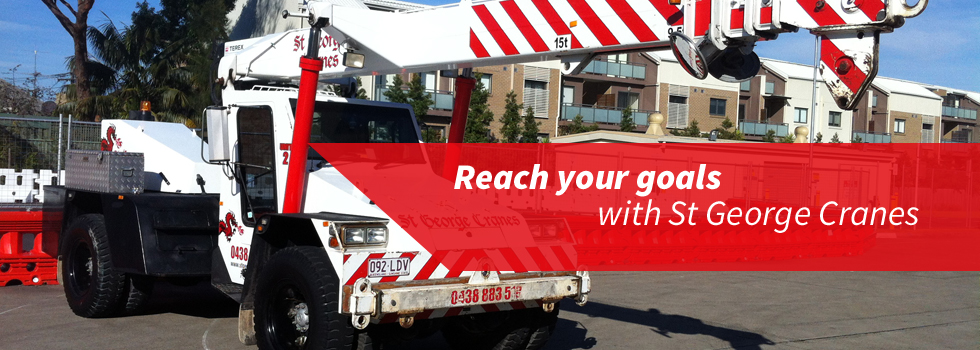What You Need to Know about Boom Deflection
Have you noticed your crane bending when it’s carrying a heavy load? If you have, then you have witnessed boom deflection.
Said simply, boom deflection is the bending of a crane’s boom when carrying a load. It most commonly occurs in hydraulic cranes and it perfectly safe as long as it meets the manufacturer’s limits. If the deflection exceeds the manufacturer’s specified upper limit, the load may roll off and cause serious injury.
Let’s learn a little bit more about boom deflection and the role it plays in crane operation.
What Causes Boom Deflection?
A boom is not rigid; it bends to a certain degree after absorbing loading forces. The speed of the wind and changes in atmospheric pressure can have a direct impact on boom deflection. The further away the boom moves from the tower while carrying a load, the greater the deflection.
How to Calculate Deflection for Workstation Bridge Cranes
To calculate deflection for workstation bridge cranes, look up the manufacturer's specified deflection limit and divide it by the length of the bridge. Calculate the length of the bridge in inches. You can use the same formula to measure deflection for steel and aluminium gantries.
The deflection limit for steel gantries is usually higher than that of aluminium. Check the manufacturer’s installation manual to obtain the right figures.
Once you take deflection into account, you’ll know the capacity of your crane.
He: Boom Deflection and Shock Loads
When a crane picks up loads attached to the ground, the compression load increases. This could break the boom or cause crane failure. Sometimes the load may suddenly come off the ground and cause a shock load. The shock load will break the structure of the crane and cause serious damage. If you’re trying to lift poles or objects that are partially buried under the ground, make sure you dig out the soil around the object before lifting the load.
The soil that surrounds buried objects helps to secure the object in place. This increases the weight of the load.
If the load is attached to a concrete base, you will have to detach the object from the base. If this is not possible, calculate the weight of the concrete together with the weight of the object before lifting the load.
Tips for Crane Operators
Booms are not meant to be rigid. They have to bend to a certain degree so they don’t snap when lifting heavy loads. One thing you must remember to not use the crane’s horizontal swing to pull out objects buried under the soil. You should only use the swing function to transport freely suspended objects.
Always refer to the load chart capacity before lifting loads. If you exceed the limits specified, you will damage various components of the crane.
Finding the Right Cranes for Hire in Sydney
If you’re looking for tower cranes, gantries or tight access cranes in Sydney, visit St. George Cranes. We have a team of dedicated staff members who will help you in your selection.
Whether you need crane rental in Sutherland, Bankstown or Canterbury, we'll offer you high-quality machines that are safe and reliable.
Call us on 02 9546 6680 for a free quote or visit us online to learn more about our mobile cranes for hire.Date posted: 2016-11-11 | posted by: stgeorgec
Tweet




